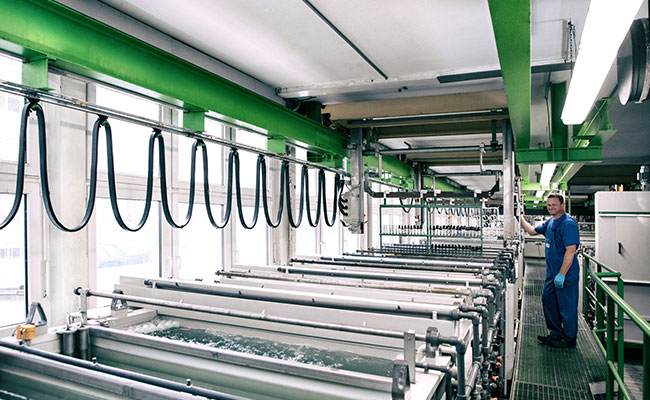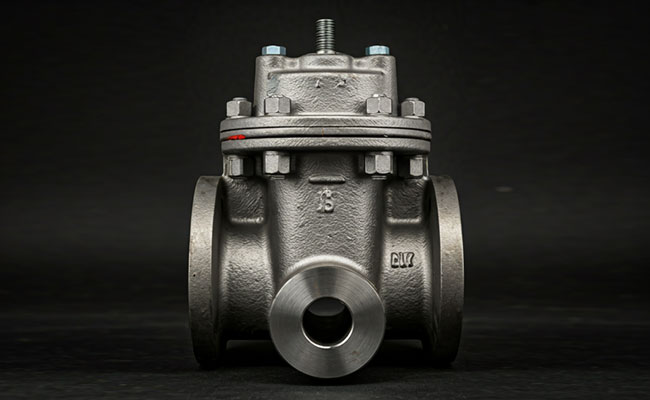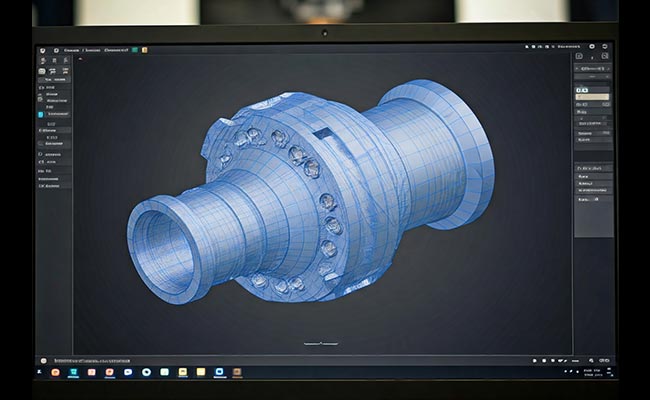
Surface treatment- anti rust oil VS anti rust solution
2024-07-29
Understanding Different Forging Processes: Techniques and Applications
2024-08-19Castings can benefit from a variety of surface treatments that enhance their properties or appearance. Here are some of the most common types:
Surface Finishing for Improved Appearance:
Painting & Powder Coating: These are popular options for providing color, hiding surface imperfections, and offering some level of corrosion resistance. Paint can be applied wet or with an electrostatic spray, while powder coating uses a dry powder that adheres to the metal with heat.
Polishing & Buffing: Mechanical polishing and buffing create a smooth, shiny surface finish for aesthetic purposes. This is often used for decorative parts or applications requiring a high degree of shine.
Surface Treatments for Enhanced Functionality:
Heat Treatment: Heating and cooling the casting in a controlled way alters its internal microstructure, improving properties like strength, ductility, and wear resistance.
Plating: A thin layer of another metal is deposited on the casting’s surface through an electrical current. This can improve conductivity, corrosion resistance, wear resistance, or even add a decorative finish (e.g., chrome plating). Examples include nickel plating, zinc plating, and chrome plating.
Anodizing (for aluminum castings): An electrochemical process creates a thin oxide layer on the surface, improving corrosion resistance and wear resistance. It can also be used for coloring aluminum castings.
Chemical Film Conversion: A chemical bath creates a thin conversion layer on the surface, offering mild corrosion resistance for applications like phosphating or chromating.
Other Treatments:
Shot Blasting: A stream of abrasive material cleans the surface and improves adhesion for further treatments like painting.
Impregnation: Filling surface pores with a sealant can improve corrosion resistance in porous castings.
The choice of surface treatment depends on the specific casting material, its intended application, and the desired properties.




